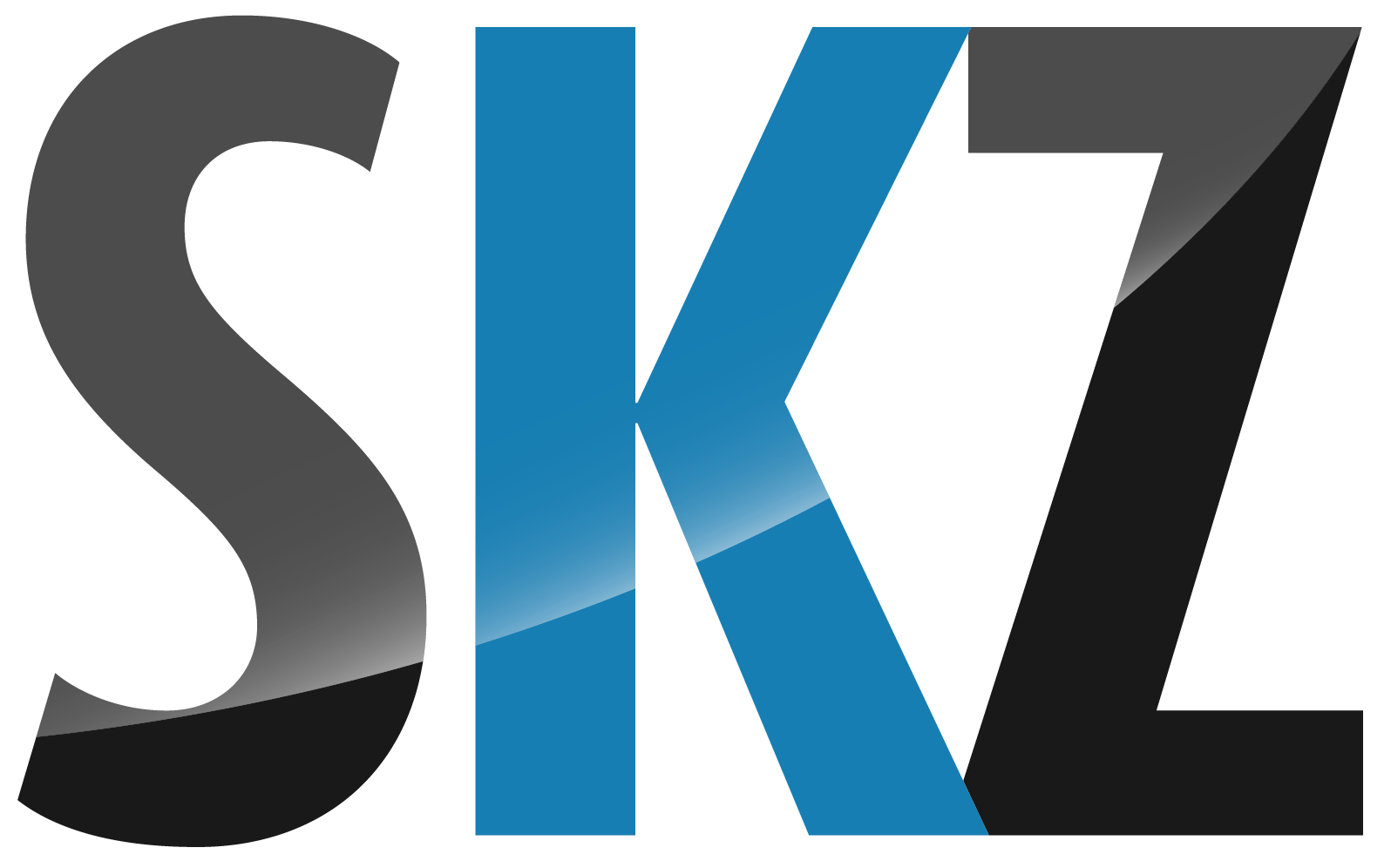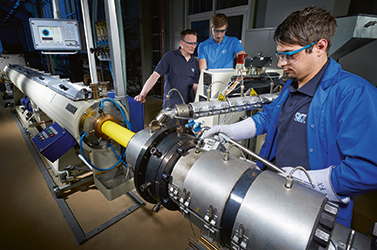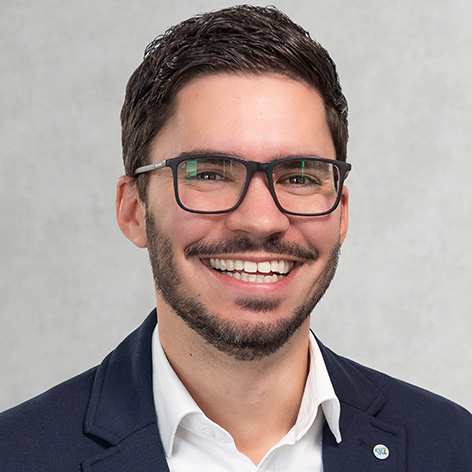Events
Find events
Inexpensive, flexible and sustainable: plastics knowledge with e-learning
Inexpensive, flexible and sustainable: plastics knowledge with e-learning
Learn
E-Learning.
Learning independent of space and time.
E-learning offers learners a flexible, cost-effective, and engaging way to acquire new knowledge and skills, making it an increasingly popular option for individuals and organizations. It offers the following advantages:
- Accessibility of knowledge
E-learning allows learners to access learning content from anywhere, at any time. This means that learners can learn at their own pace and on their own schedule. - Cost-effective
E-learning eliminates travel and accommodation costs, making it a cost-effective alternative to traditional classroom learning. - Flexibility
E-learning allows learners to customize their learning experience to their specific needs and preferences. - Higher learning impact
E-learning incorporates multimedia elements such as videos, animations, and interactive quizzes that increase learner engagement and improve retention. - Sustainability
E-learning can help reduce the environmental footprint by eliminating the need for travel and paper-based materials. - Individuality
SKZ also creates individual, company-specific e-learning content that companies can use on their internal learning platforms. Feel free to contact us about this.


















